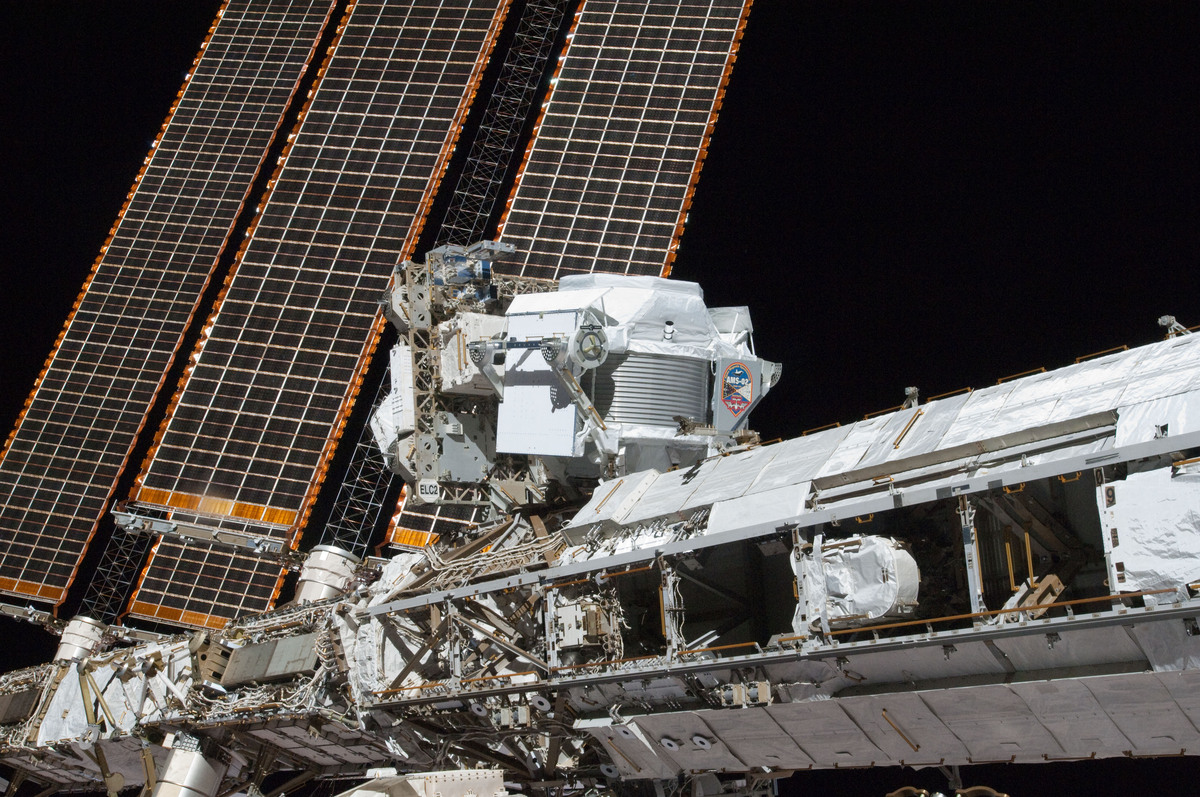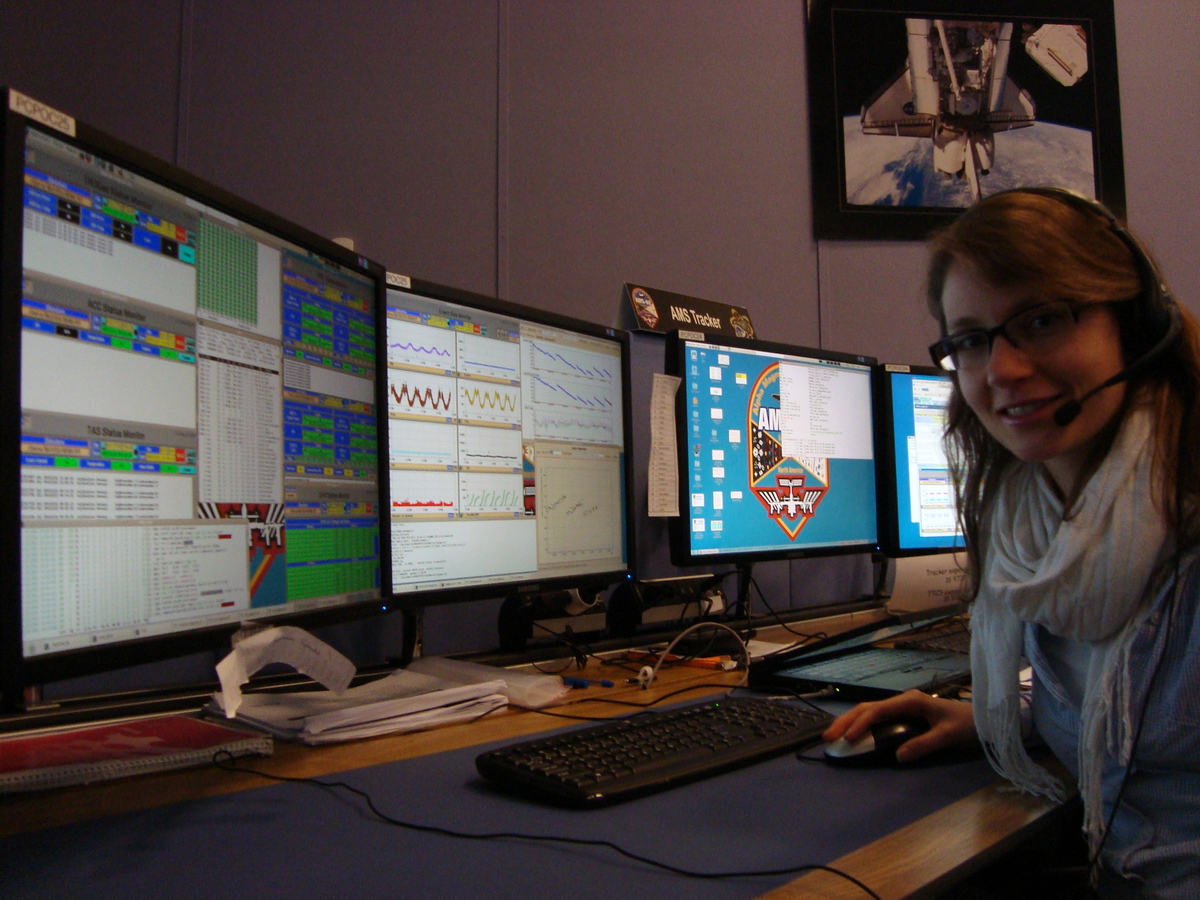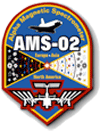The Alpha Magnetic Spectrometer-02

Project
The Alpha Magnetic Spectrometer (AMS-02) is a state-of-the-art particle physics detector designed to operate as an external module on the International Space Station. On May 16th 2011, AMS-02 was brought to the International Space Station (ISS) with the very last flight of Space Shuttle Endeavour. Data taking began immediately after AMS-02 was mounted ion the ISS on May 19th 2011.
AMS-02 is the most advanced particle detector ever to be brought into space. With an expected lifetime of 20 years AMS-02 will be operated until the end of ISS operation. It uses the unique environment of space to study the universe and its origin by searching for antimatter and dark matter while performing precision measurements of cosmic rays composition and flux. The AMS-02 observations will help answer fundamental questions, such as "What makes up the universe's invisible mass?" or "What happened to the primordial antimatter?" One of the prime physics goals of AMS-02 is the search for the elusive Dark Matter, an unknown form of matter, which makes up about 83% of the mass of our Universe.
ETP contribution
KIT has been involved in AMS-02 since 2002. Together with MIT and RWTH Aachen, Karlsruhe built the Transition Radiation Detector (TRD), one of the prime instruments to identify positrons among the numerous cosmic ray protons. Since the beginning of AMS-02 data taking the KIT AMS-02 group contributes significantly to the monitoring and operation of the TRD in the AMS-02 Payload Operation and Control Center (POCC) at CERN.
Currenlty KIT is a major contributor to the analysis of the positron fraction. Several methods for hadron-lepton separation have been developed at KIT in the framework of this analysis.
Links
For further information about AMS-02 please have a look at the official AMS-02 Homepage.
Homepage der Young Investigator Group "Cosmic Ray Transport Models for Dark Matter Searches with AMS-02 "





